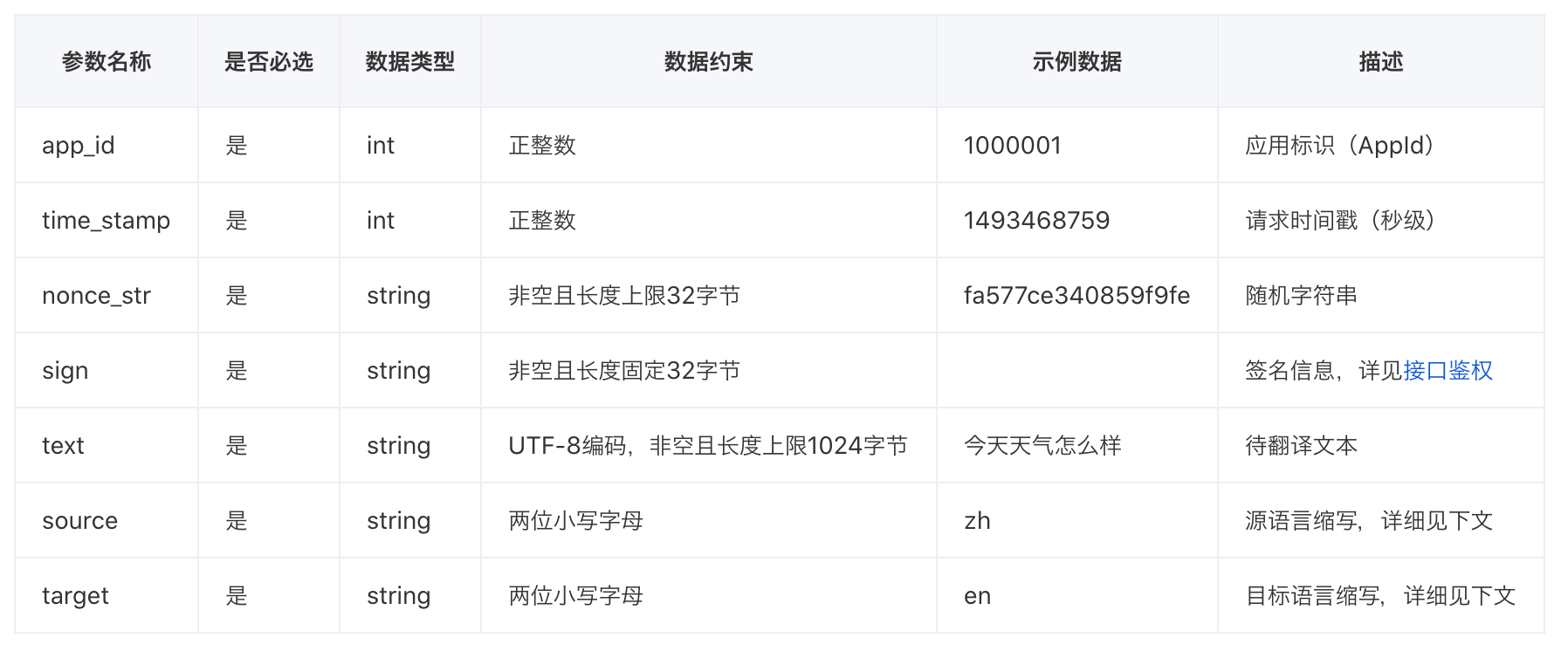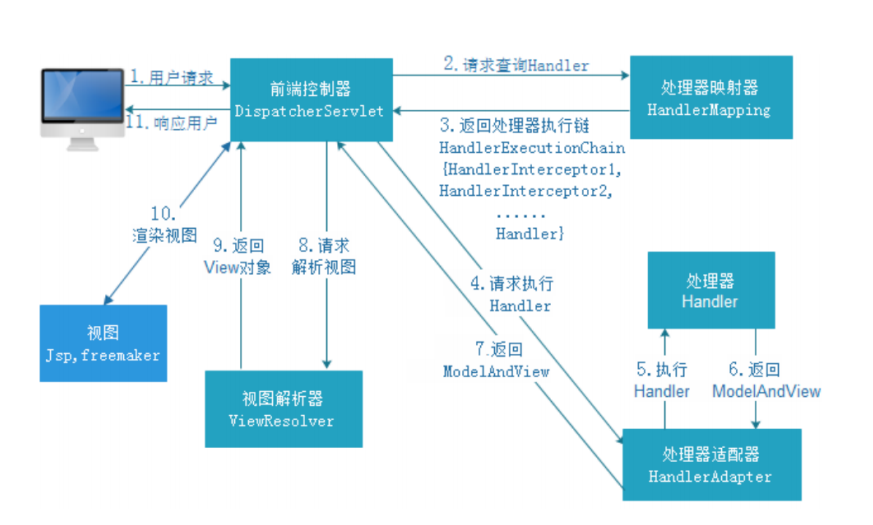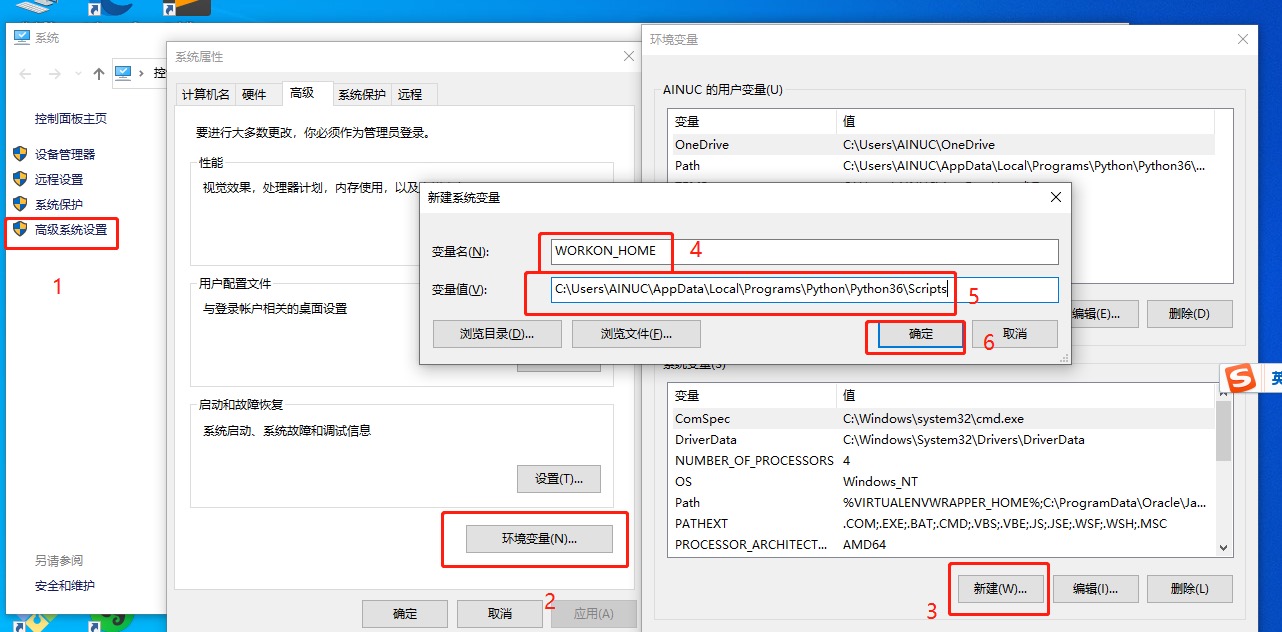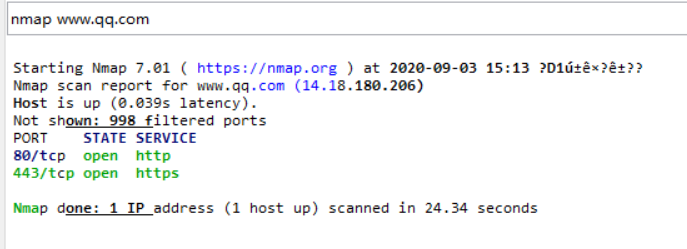linux的父进程向子进程发kill信号例子以及对子进程的状态进行判断
先看一个父进程向子进程发kill信号例子:
#include <stdio.h>#include <unistd.h>#include <signal.h>#include <sys/types.h>#include <sys/wait.h>int main(int argc, const char *argv[]){pid_t pid;int status;pid = fork();if (0 == pid){printf("Hi, I'm child process!\n");sleep(10);}else if (pid > 0){printf("Send signal to child process (%d)\n", pid);sleep(1);kill(pid, SIGABRT);wait(&status);if (WIFSIGNALED(status)){printf("Child process received singal %d\n", WTERMSIG(status));}}else{printf("Fork wrong!\n");return 1;}return 0;}
判断子进程退出状态的宏:
子进程的结束状态返回后存于status,底下有几个宏可判别结束情况
WIFEXITED(status)如果子进程正常结束则为非0值。
WEXITSTATUS(status)取得子进程exit()返回的结束代码,一般会先用WIFEXITED 来判断是否正常结束才能使用此宏。
WIFSIGNALED(status)如果子进程是因为信号而结束则此宏值为真
WTERMSIG(status)取得子进程因信号而中止的信号代码,一般会先用WIFSIGNALED 来判断后才使用此宏。
WIFSTOPPED(status)如果子进程处于暂停执行情况则此宏值为真。一般只有使用WUNTRACED 时才会有此情况。
WSTOPSIG(status)取得引发子进程暂停的信号代码。































![java工程师进阶JVM[1]-Java内存结构 java工程师进阶JVM[1]-Java内存结构](https://image.dandelioncloud.cn/images/20221123/51fce8e20e194db0ae600618ec5ff1d3.png)



还没有评论,来说两句吧...